Maria Sharapova is bidding farewell to the court.
On Wednesday, the 32-year-old tennis great made a life-altering announcement—she’s retiring from tennis.
“Tennis showed me the world—and it showed me what I was made of,” she captioned a photo of herself as a young girl with a racquet in hand. “It’s how I tested myself and how I measured my growth. And so in whatever I might choose for my next chapter, my next mountain, I’ll still be pushing. I’ll still be climbing. I’ll still be growing. Tennis—I’m saying goodbye.”
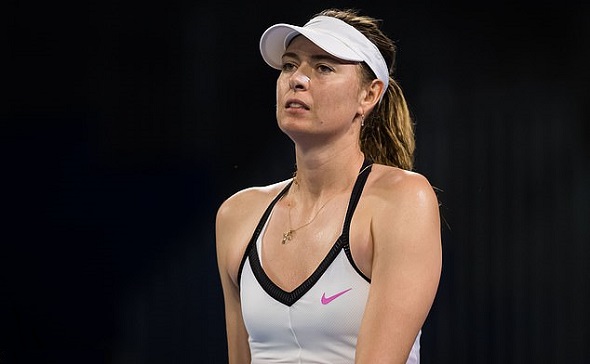
In an essay published for Vogue and Vanity Fair, the five-time Grand Slam winner reflected on the sport that has shaped her life thus far, recalling memories involving the sport from the time she was 4 years old.
“When I first started playing, the girls on the other side of the net were always older, taller, and stronger; the tennis greats I watched on TV seemed untouchable and out of reach. But little by little, with every day of practice on the court, this almost mythical world became more and more real,” the athlete described.
Revisiting many of her career feats, Sharapova wrote, “These courts revealed my true essence. Behind the photo shoots and the pretty tennis dresses, they exposed my imperfections—every wrinkle, every drop of sweat. They tested my character, my will, my ability to channel my raw emotions into a place where they worked for me instead of against me. Between their lines, my vulnerabilities felt safe. How lucky am I to have found a kind of ground on which I felt so exposed and yet so comfortable?”

However, the star acknowledged the sport had begun to take its toll on her physically, noting one example from the U.S. Open in August 2019. “Behind closed doors, thirty minutes before taking the court, I had a procedure to numb my shoulder to get through the match. Shoulder injuries are nothing new for me—over time my tendons have frayed like a string.
I’ve had multiple surgeries—once in 2008; another procedure last year—and spent countless months in physical therapy,” she explained. “Just stepping onto the court that day felt like a final victory, when of course it should have been merely the first step toward victory. I share this not to garner pity, but to paint my new reality: My body had become a distraction.”
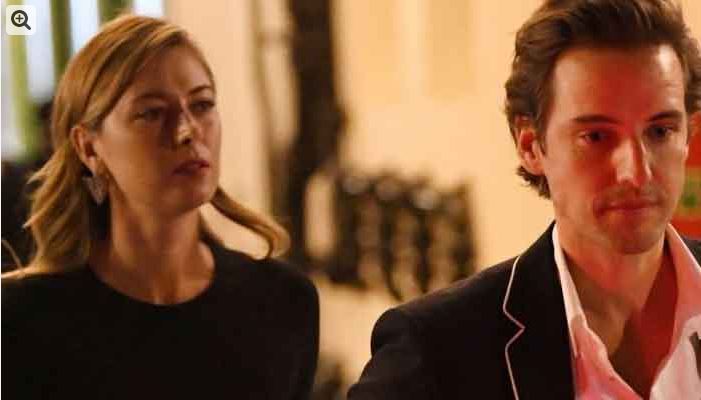
While Sharapova wrote she’ll miss tennis “every day,” she’s also ready to “compete on a different type of terrain” with that same “relentless chase for victories.”
But—perhaps with a bit more dancing. “There are a few simple things I’m really looking forward to: A sense of stillness with my family. Lingering over a morning cup of coffee,” she said. “Unexpected weekend getaways. Workouts of my choice (hello, dance class!).”
Maria Sharapova, five-time Grand Slam champion, retires from tennis
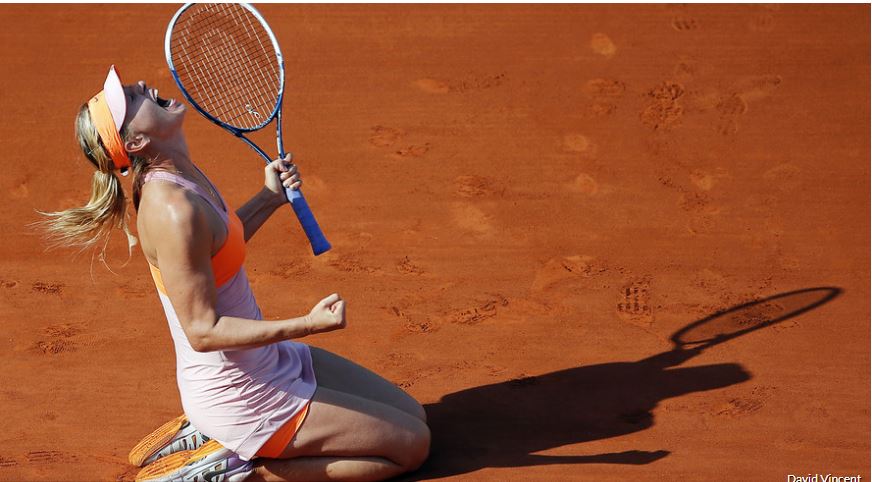
Sharapova had been dealing with injuries for years and lost her last four matches at major tournaments
Maria Sharapova quietly walked away from tennis at the age of 32 on Wednesday, ending a career that featured five Grand Slam titles, time at No. 1 in the WTA rankings and a 15-month doping ban.
She has been dealing with problems in her right shoulder for years and lost the last four matches she played at major tournaments.
This season, Sharapova played only two matches and lost both.
In an essay written for Vanity Fair and Vogue about her decision to retire, posted online Wednesday, Sharapova asks: “How do you leave behind the only life you’ve ever known?”
For a while, Sharapova was as big a star as her sport had, with many more millions of dollars in sponsorship deals than whatever prize money she earned on a court.

The Russian, who moved to Florida as a child, burst onto the tennis scene at 17 when she won Wimbledon in 2004 by upsetting Serena Williams in the final. She went on to complete a career Grand Slam with two titles at the French Open and one each at the U.S. Open and Australian Open.
Known as much for her grit with a racket in hand as for her groundstrokes, Sharapova reached No. 1 in 2005, the year before she won her second major trophy at Flushing Meadows. She added an Australian Open title in 2008, and then won the French Open in 2012 and 2014.
Her last Grand Slam final came in 2015 at the Australian Open, where she was the runner-up to Williams. In all, Williams led their head-to-head series 20-2, including victories in their last 19 matchups in a row.
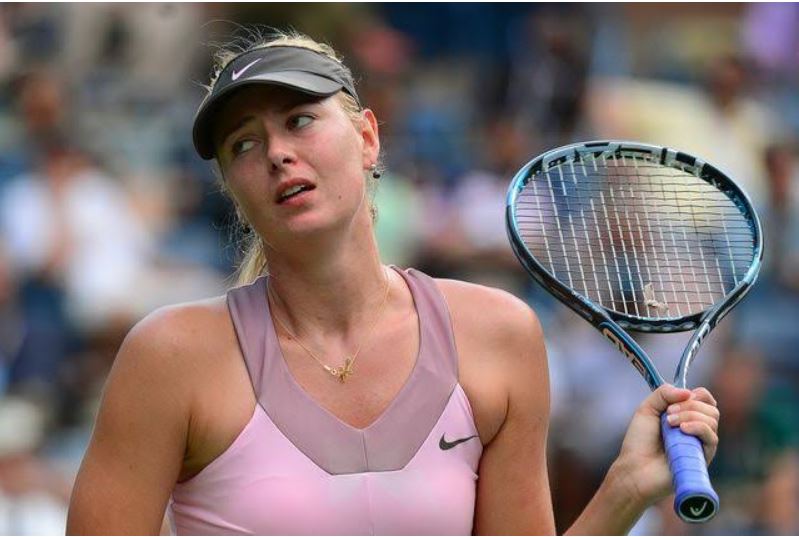
At the 2016 Australian Open, where Williams beat her in the quarterfinals, Sharapova tested positive for the newly banned drug meldonium.
After initially getting a two-year suspension, Sharapova appealed to the Court of Arbitration for Sport, which reduced the penalty, ruling she bore “less than significant fault” in the case and could not “be considered to be an intentional doper.”
Since returning from that suspension in 2017, Sharapova managed to reach only one major quarterfinal.
After so much success on the tennis court and off, so much time in the spotlight, Sharapova did not give her fans a chance to say goodbye, as many athletes do, by entering one last competition.
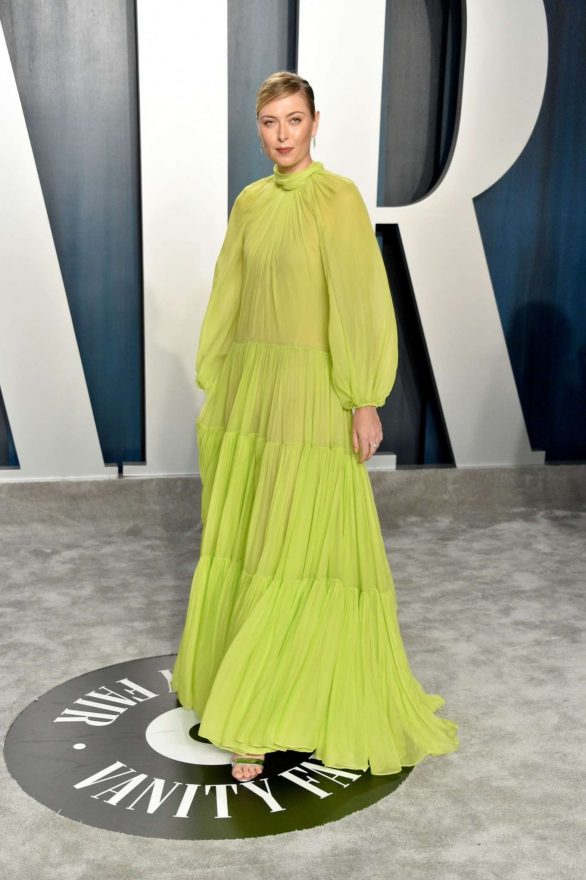
Her final match came last month at the Australian Open, where she was beaten 6-3, 6-4 by Donna Vekic. That sent Sharapova’s ranking tumbling outside of the top 350 — she is 373rd this week.
She was asked after that defeat whether it might have been her last appearance at Melbourne Park, and she repeatedly replied with “I don’t know.”
But her right shoulder has been a problem off-and-on for more than a decade.
She played a total of 15 matches last season, going 8-7.
“I put in all the right work. There is no guarantee that even when you do all of those things, that you’re guaranteed victory in a first round or in the third round or in the final. That’s the name of this game,” Sharapova said after what turned out to be her final match. “That’s why it’s so special to be a champion, even for one time.”